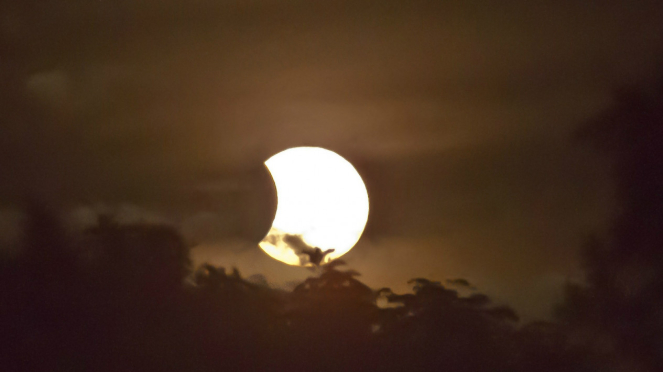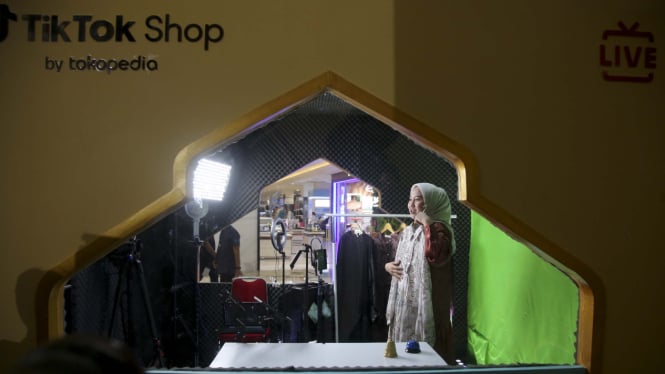Getting to Know Various Solar Eclipses that Happen on Earth
- Humas Universitas Brawijaya.
VIVA – A solar eclipse occurs when the Sun, Moon, and Earth align, either partially or completely. Depending on how the celestial bodies are aligned, eclipses provide unusual and interesting views of the Sun or Moon.
A Solar Eclipse occurs when the Moon passes between the Sun and Earth, casting a shadow on Earth that blocks some or all of the Sun's light in some areas. This only happens occasionally, as the Moon does not orbit in the same plane as the Sun and Earth. The time when they are aligned is known as eclipse season, which occurs twice a year.
Except for the momentary moment of totality during a Total Solar Eclipse, where observers should always use eclipse glasses or a safe alternative solar observation method, such as a pinhole projector to view the Sun.
This includes when watching a partial or annular eclipse, before or after totality for a Total Solar Eclipse. The following are the types of Solar Eclipses as quoted from NASA's Solar System site on Monday.
Ilustrasi Gerhana Matahari.
- www.pixabay.com/sandid
Total Solar Eclipse
Gerhana Matahari Total di La Silla Observatory, Chile
A Total Solar Eclipse happens when the Moon passes between the Sun and Earth, covering the face of the Sun completely. People who are in the center of the Moon's shadow when it hits the Earth will experience a total eclipse.
The sky will become dark as if it were dawn or dusk. Weather permitting, people in the path of a Total Solar Eclipse can see the Sun's corona, the outer atmosphere that is normally blocked by the Sun's bright face.
This type of eclipse is the most anticipated because viewers can momentarily remove their eclipse glasses (which are not the same as regular sunglasses) for a brief period when the Moon is completely blocking the Sun. The next Total Solar Eclipse will occur on April 8, 2024.
Annular Solar Eclipse


















